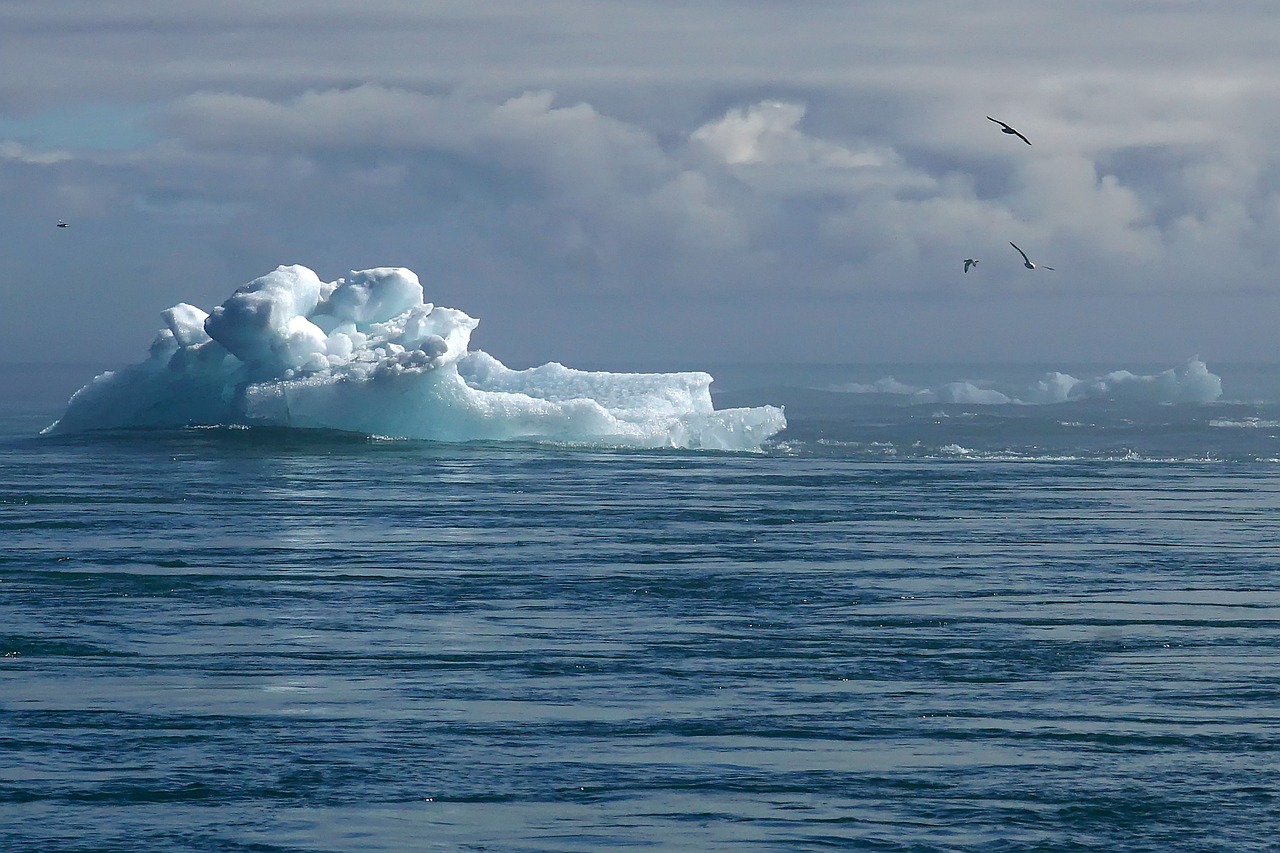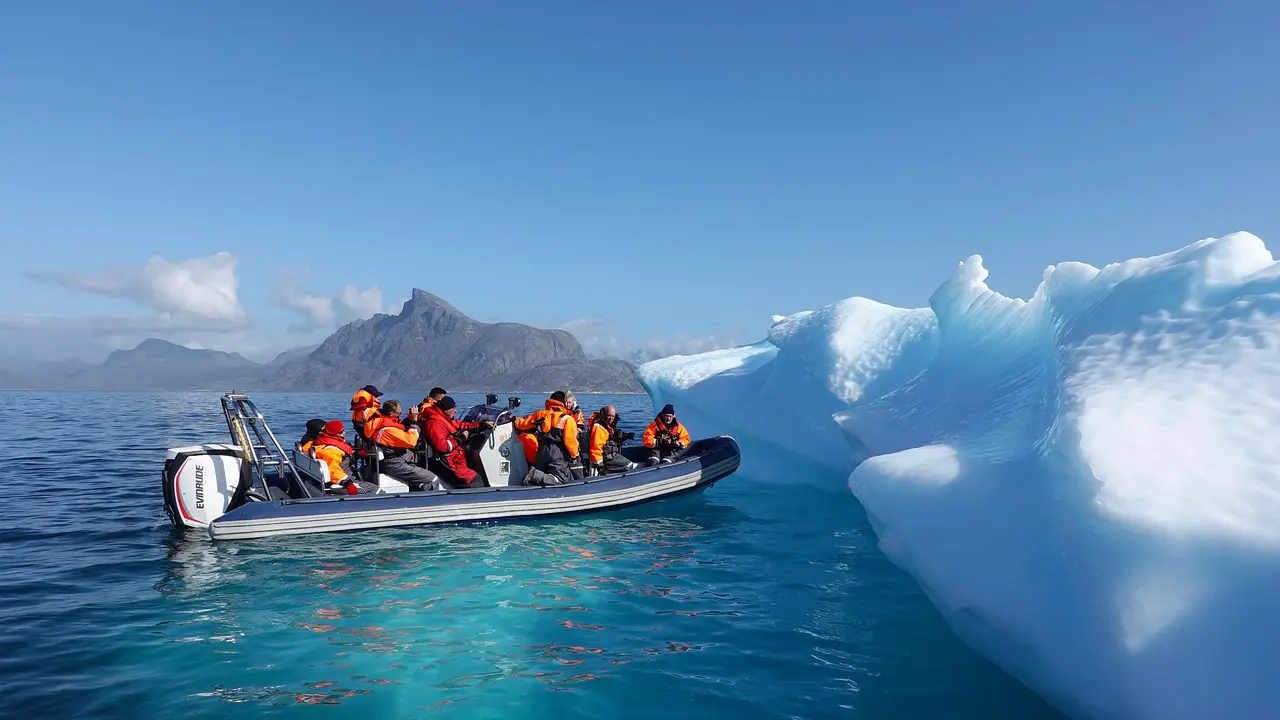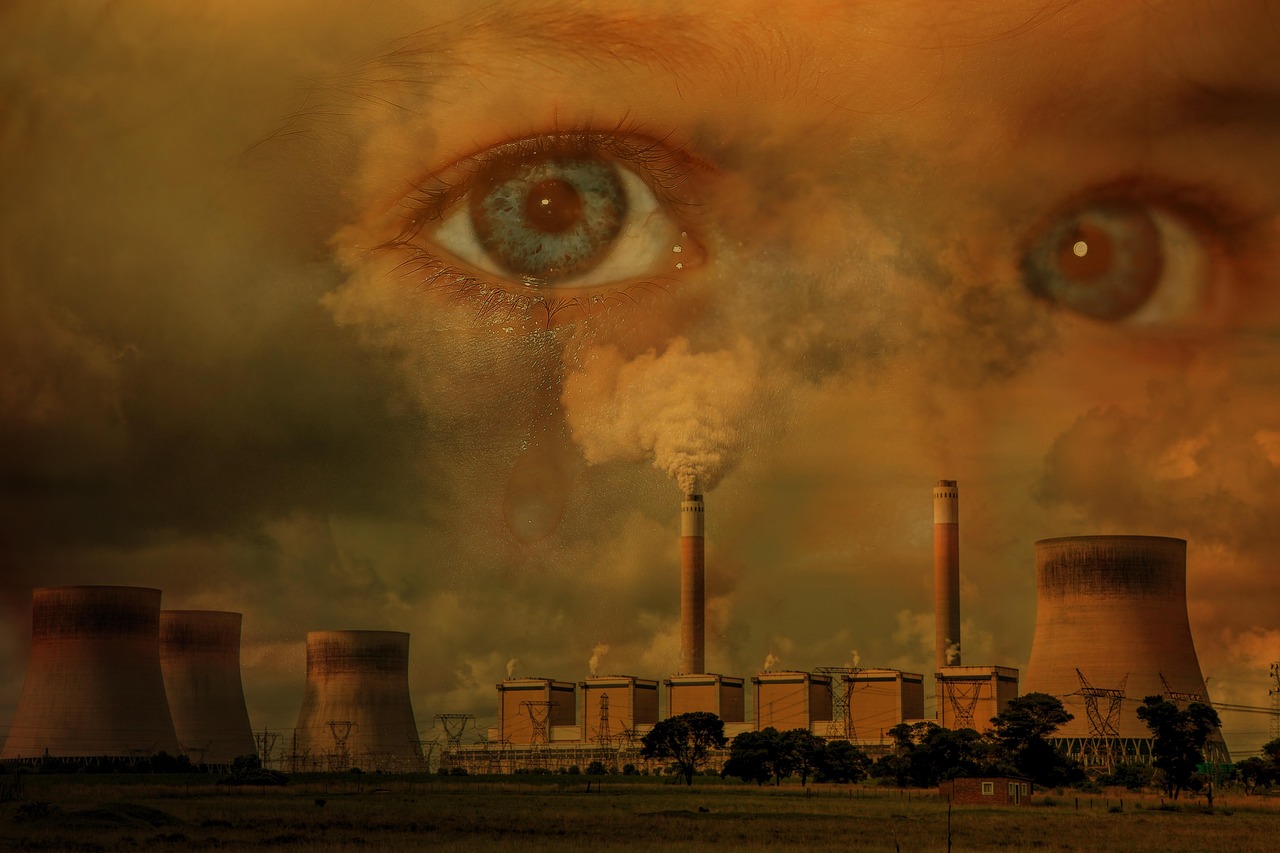Climate change significantly affects monarch butterfly migration and survival by altering their habitats, food availability, and climate patterns. These changes disrupt the timing of migration and breeding, leading to population declines and challenges in their lifecycle.
The monarch butterfly, known for its remarkable migration journey, travels thousands of miles each year from North America to central Mexico. This incredible feat is influenced by various environmental factors. However, as climate change progresses, the delicate balance that supports monarchs is increasingly threatened. Monarchs rely on specific conditions for breeding, feeding, and migrating, and shifts in their environment can have dire consequences.
One of the primary impacts of climate change on monarch butterflies is the alteration of their migratory routes. As temperatures rise, the distribution of milkweed—their primary food source—also changes. Milkweed is essential for monarch caterpillars; without it, their survival is at risk. Furthermore, extreme weather events like droughts, storms, and heatwaves can destroy milkweed habitats and disrupt the butterflies’ life cycle.
Researchers have observed several critical trends that highlight the effects of climate change on monarch populations. For instance, studies indicate that changes in temperature and precipitation patterns affect the timing of migration. Monarchs may arrive at their wintering grounds too early or too late due to mismatched environmental cues. This misalignment can lead to food shortages and increased mortality rates.
Factors Influencing Monarch Butterfly Survival

Several key factors influence the survival of monarch butterflies amidst climate change. Understanding these factors is crucial for conservation efforts aimed at protecting this iconic species.
| Factor | Impact |
|---|---|
| Temperature Increase | Affects migration timing and breeding cycles. |
| Habitat Loss | Reduces availability of milkweed and nectar sources. |
| Extreme Weather Events | Can lead to direct mortality and habitat destruction. |
| Predation and Disease | Increases due to environmental stressors and habitat changes. |
Additionally, the availability of nectar plants during migration is crucial for adult monarchs. These butterflies require energy sources to fuel their long flights. Changes in flowering times due to climate fluctuations can lead to mismatched availability of these essential food resources.
The implications of these changes extend beyond the monarch butterfly itself. The decline of this species can have ripple effects throughout ecosystems. Monarchs play a vital role in pollination, contributing to the health of various plant species. Therefore, protecting them is crucial not only for their survival but also for maintaining biodiversity.
Efforts to combat climate change and protect monarch habitats are essential for ensuring their continued existence. Conservation initiatives, habitat restoration projects, and public awareness campaigns can help mitigate some of the adverse effects of climate change on these remarkable butterflies.
Understanding Monarch Migration Patterns
The migration of monarch butterflies is one of nature’s most fascinating phenomena. Each year, millions of these butterflies embark on a journey that can span over 3,000 miles from North America to central Mexico. This migration is not only a spectacular sight but also a crucial aspect of their life cycle. Understanding the patterns and triggers of this migration is essential to comprehend how climate change impacts them.
Migration Triggers
Several environmental cues trigger the migration of monarch butterflies. These cues are vital for ensuring that the butterflies reach their wintering grounds at the appropriate time. Key triggers include:
- Temperature Changes: As temperatures begin to drop in the fall, monarchs sense the need to migrate south.
- Day Length: The decreasing daylight hours signal to the butterflies that it is time to start their journey.
- Changes in Food Availability: The decline of nectar sources in their breeding areas prompts migration.
Climate change disrupts these environmental cues. For example, warmer temperatures might lead to earlier springs and delays in the onset of fall, confusing the butterflies about when to begin their migration.
Challenges During Migration
The journey of monarch butterflies is fraught with challenges. These challenges can be exacerbated by the effects of climate change. Some significant challenges include:
- Weather Events: Severe weather conditions such as storms or unseasonably cold temperatures can hinder migration and lead to high mortality rates.
- Habitat Fragmentation: Urban development and agricultural practices can disrupt migratory pathways, making it difficult for butterflies to find safe resting spots.
- Predation: Increased predation during migration can occur due to habitat changes that expose butterflies to potential predators.
These challenges highlight the fragility of the monarch’s migration and underscore the importance of protecting migratory routes and habitats.
The Role of Milkweed in Monarch Survival
Milkweed plays a crucial role in the life cycle of monarch butterflies. It serves as the sole food source for monarch caterpillars. As climate change impacts the distribution and abundance of milkweed, it poses a significant threat to monarch survival.
Impact on Milkweed Populations
The changing climate affects milkweed in several ways:
- Temperature Variability: Changes in temperature can alter the growth patterns and lifecycles of milkweed plants.
- Pesticide Use: Increased agricultural activity often leads to higher pesticide applications, which can decimate milkweed populations.
- Land Use Changes: Urbanization and land conversion for agriculture reduce available habitats for milkweed, further threatening its survival.
This decline in milkweed can directly affect monarch populations. Without sufficient milkweed, fewer caterpillars will survive to adulthood, leading to decreased numbers of butterflies during migration.
Conservation Efforts for Monarch Butterflies
Given the numerous challenges faced by monarch butterflies due to climate change, various conservation efforts are underway to support their survival. These initiatives aim to protect both the butterflies and their habitats.
- Habitat Restoration: Efforts are being made to restore native habitats that support both milkweed and nectar plants.
- Public Awareness Campaigns: Educating communities about the importance of monarchs and how to create butterfly-friendly gardens can increase local support for conservation.
- Research Initiatives: Ongoing research helps scientists understand better how climate change affects monarchs and what strategies may be effective in mitigating these impacts.
These conservation measures are essential not just for preserving a species but also for maintaining ecological balance. The survival of monarch butterflies is intertwined with the health of ecosystems they inhabit, highlighting the need for continued attention and action in the face of climate change.

The Importance of Research in Monarch Conservation

Research plays a pivotal role in understanding the complex dynamics of monarch butterfly populations and the impacts of climate change on their survival. Through various studies and monitoring programs, scientists gather critical data that informs conservation strategies and helps mitigate the challenges faced by these butterflies.
Monitoring Monarch Populations
Monitoring programs are essential for tracking the health and numbers of monarch populations across different regions. These efforts involve:
- Tagging Programs: Researchers tag individual butterflies to study migration routes and population dynamics. This tracking provides valuable insights into migration patterns and survival rates.
- Field Surveys: Regular surveys help assess population size and distribution, identifying trends over time that can indicate shifts due to climate change.
- Habitat Assessments: Evaluating the quality and availability of habitats allows researchers to identify critical areas that need protection or restoration.
Such monitoring efforts enable scientists to establish baseline data, which is crucial for measuring changes in monarch populations over time.
Climate Modeling and Its Role in Conservation
Understanding how climate change impacts monarchs requires sophisticated climate modeling. These models help predict future scenarios based on current trends, allowing researchers to assess potential risks and develop proactive measures. Key aspects of climate modeling include:
- Predicting Habitat Changes: Models can forecast how shifting temperatures and precipitation patterns will alter the habitats available for milkweed and nectar plants.
- Assessing Migration Timing: By analyzing historical climate data, researchers can predict how migration timing may shift, leading to mismatches in food availability.
- Identifying Climate Resilience: Climate models can help identify regions where monarchs may thrive despite changing conditions, guiding conservation efforts toward these areas.
The insights gained from climate modeling are invaluable for creating adaptive management strategies that can respond to the rapidly changing environment.
The Role of Community Engagement
Community involvement is vital for the success of conservation initiatives aimed at protecting monarch butterflies. Engaging local communities fosters a sense of ownership and responsibility towards preserving these species. Some effective community engagement strategies include:
- Workshops and Educational Programs: Organizing events that educate the public about monarch butterflies, their life cycle, and the importance of conservation can inspire action.
- Citizen Science Projects: Encouraging community members to participate in data collection, such as butterfly counts or habitat assessments, enhances research efforts while increasing public awareness.
- Creating Butterfly-Friendly Habitats: Communities can be guided to plant native milkweed and nectar plants in gardens, parks, and schoolyards, providing essential resources for monarchs.
By fostering community engagement, conservation organizations can amplify their efforts and build a network of support for monarch preservation.
The Impact of Policy on Monarch Conservation

Effective policy measures are crucial for safeguarding monarch butterflies and their habitats. Policymakers play a significant role in shaping environmental regulations and conservation strategies. Key policy considerations include:
- Habitat Protection Laws: Enacting policies that protect critical habitats from development and agricultural conversion is essential for maintaining milkweed populations.
- Pesticide Regulation: Implementing stricter regulations on pesticide use can mitigate the harmful effects on milkweed and other nectar plants that are vital for monarchs.
- Funding for Conservation Programs: Allocating government funding for research, habitat restoration, and community education initiatives ensures sustained efforts toward monarch conservation.
Policies that prioritize environmental health not only benefit monarch butterflies but also support broader ecological goals. Collaborative efforts among governments, non-profits, and communities can create a comprehensive approach to tackling the challenges posed by climate change.
Future Directions for Monarch Butterfly Conservation
As the effects of climate change become increasingly pronounced, it is vital to explore future directions for the conservation of monarch butterflies. Addressing the threats they face requires a multifaceted approach that involves research, community engagement, policy reform, and international collaboration.
Enhancing Research Initiatives
Future conservation efforts must prioritize enhanced research initiatives. This includes:
- Long-Term Monitoring Programs: Establishing long-term monitoring programs will provide crucial data on population trends, migration patterns, and habitat use, allowing for timely interventions.
- Genetic Studies: Understanding the genetic diversity of monarch populations can help identify resilient populations that may withstand climate impacts better, guiding conservation efforts.
- Ecosystem Modeling: Developing comprehensive models that simulate ecological interactions and climate scenarios will aid in predicting future challenges and opportunities for monarchs.
These research initiatives can help inform effective strategies that are adaptable to changing environmental conditions.
Strengthening Community Partnerships
Engaging local communities in conservation is essential. Future efforts should focus on:
- Building Local Networks: Establishing networks of local stakeholders, including farmers, educators, and conservationists, can enhance community support for monarch-friendly practices.
- Promoting Sustainable Agriculture: Encouraging farmers to adopt sustainable practices that protect milkweed and other native plants while maintaining agricultural productivity is vital.
- Involving Schools: Integrating monarch conservation into school curricula can raise awareness among younger generations, fostering a culture of environmental stewardship.
By strengthening community partnerships, conservation initiatives can gain broader support and effectiveness.
International Cooperation
The migration of monarch butterflies spans multiple countries, making international cooperation essential for their conservation. Key strategies include:
- Transboundary Conservation Agreements: Countries along the migratory route should establish agreements to protect critical habitats and ensure sustainable land use practices.
- Shared Research Efforts: Collaborative research projects among countries can enhance understanding of migratory patterns and threats, leading to coordinated conservation strategies.
- Global Awareness Campaigns: Promoting global awareness of the challenges faced by monarchs can foster international support for conservation initiatives and funding.
International cooperation is crucial for addressing the extensive challenges posed by climate change and habitat loss.
Conclusion
Climate change poses significant threats to the migration and survival of monarch butterflies. The interplay of rising temperatures, shifting weather patterns, habitat loss, and changes in food availability creates a challenging environment for these remarkable insects. However, through dedicated research, community engagement, effective policy measures, and international collaboration, there is hope for the future of monarchs.
The survival of monarch butterflies is not just a matter of preserving a single species; it reflects the broader health of our ecosystems. As stewards of the environment, it is our responsibility to take action—whether through planting native milkweed, supporting local conservation efforts, or advocating for effective policies. By working together, we can ensure that future generations will continue to witness the awe-inspiring migration of monarch butterflies across North America and beyond.
The need for ongoing commitment to conservation is clear. With continued efforts, we can protect these iconic butterflies and the vital ecosystems they represent, ensuring their survival amid the challenges posed by a changing climate.
